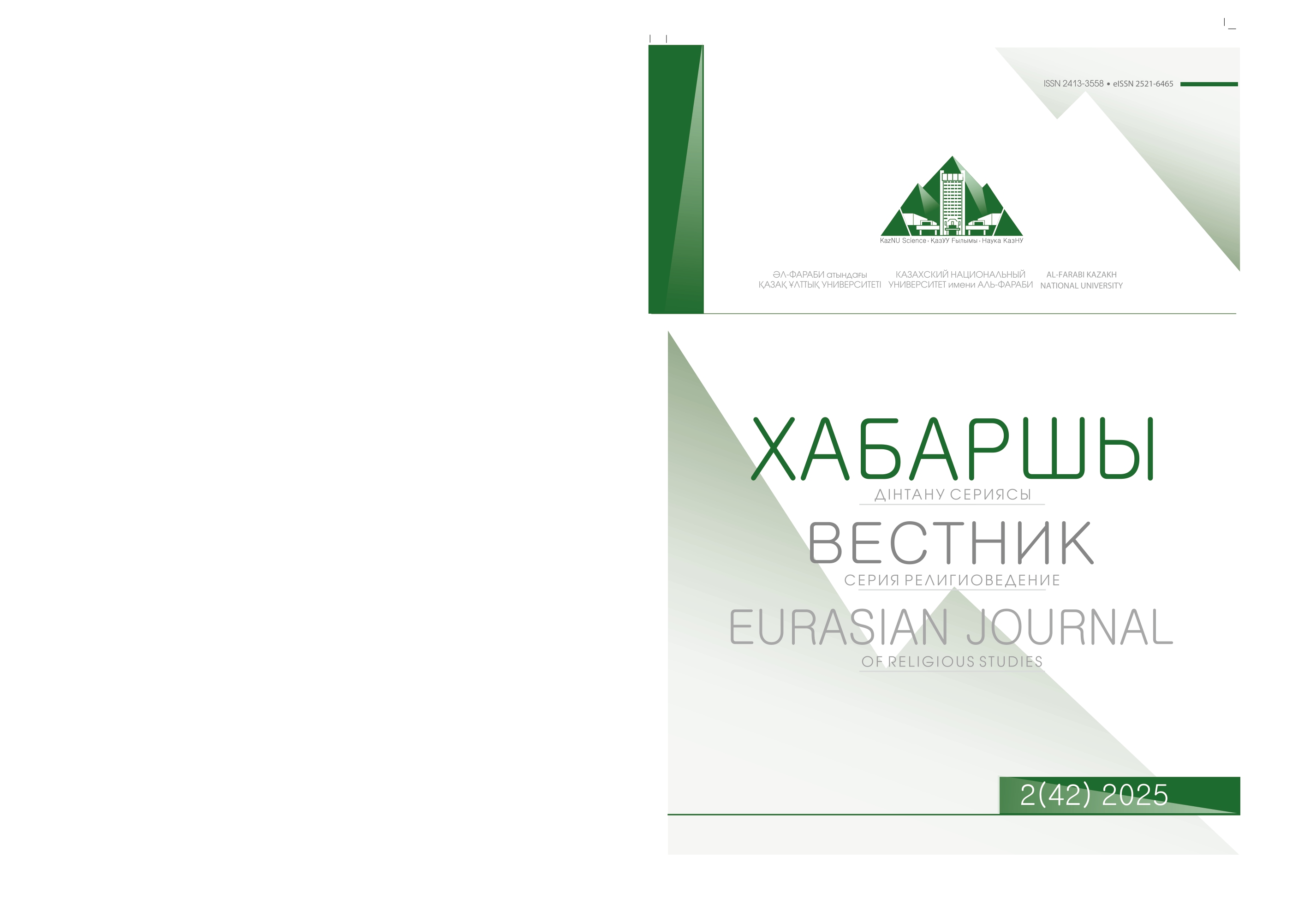Basis of the formation of Islamic Law
DOI:
https://doi.org/10.26577//EJRS20254225Abstract
The article explores development of Islamic law over centuries, beginning with divine revelations in Quran and Sunnah, subsequently evolving through human reflection and interpretation. It outlines how early Muslim communities gradually received guidance, with legal rulings and practices introduced over time to address changing social and historical circumstances. The paper highlights that Quran and Sunnah serve as primary sources of Islamic law. Drawing on work of both international and local scholars, it employs a range of methodologies, including hermeneutic analysis and historical contextualization, to examine the evolution of legal practices. The research incorporates comparative analysis by investigating various schools of Islamic jurisprudence, such as Hanafi, Maliki, Shafi'i, and Hanbali schools, highlighting distinct ways in which each interpreted and applied these sources. By integrating diverse historical, cultural, and methodological perspectives, it demonstrates that Islamic law is not static but a dynamic tradition that has been continually refined. It offers a clear and accessible account of the formation of Islamic law and explains why its principles remain significant in both religious and secular contexts. The article fosters a deeper appreciation of the complexities inherent in Islamic legal tradition and its ongoing interplay between divine ordinance and human interpretation, offering valuable insights into its origins and contemporary relevance.
Keywords: Islam, Law, Shariat, Madhab, Fiqh




